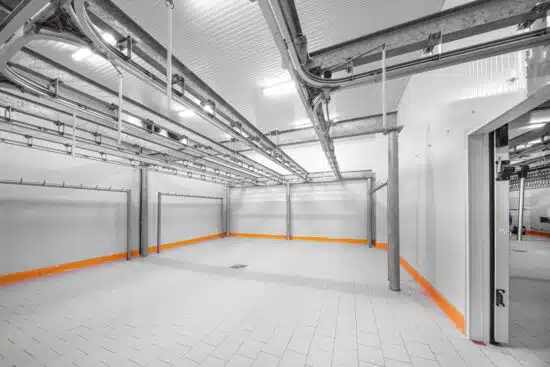Hinged Door Solutions for Efficient Cold Room Temperature Control and Access
The Importance of Cold Room Hinged Doors in Temperature-Controlled Storage
In the world of temperature-sensitive storage, few components are as crucial as cold room hinged doors. These specialized doors serve as the gateway to cold rooms, walk-in freezers, and refrigeration units, ensuring that the controlled environment within is maintained efficiently. Understanding the features, benefits, and applications of cold room hinged doors is essential for industries reliant on temperature control, including food storage, pharmaceuticals, and other perishable goods.
What are Cold Room Hinged Doors?
Cold room hinged doors are specifically designed to withstand extreme temperature variations while providing a secure, sealed entrance to refrigerated spaces. Typically constructed from durable materials like insulated steel or aluminum, these doors come equipped with thermal insulation to minimize heat transfer. Their design and construction are engineered not just for durability but also for energy efficiency, making them an integral part of any cold storage facility.
Features of Cold Room Hinged Doors
1. Insulation One of the primary features of cold room hinged doors is their high insulation value, which helps maintain the desired temperature in cold storage environments. The insulation material used in these doors is usually polyurethane foam, known for its excellent thermal performance.
2. Sealed Edges To prevent external air infiltration and maintain internal temperatures, these doors are equipped with tightly sealed edges. This design minimizes the risk of condensation, frosting, and energy loss, which are common problems with poorly sealed doors.
3. Heavy-Duty Construction Given the demanding environments they operate in, cold room hinged doors are constructed to withstand wear and tear. They are designed for high cycle usage, ensuring they can endure the frequent opening and closing associated with busy food processing or pharmaceutical operations.
4. Safety Features Many cold room doors come with safety features such as emergency release mechanisms that allow for quick access in case of an emergency. This is critical in ensuring that the safety of personnel working in these environments is not compromised.
5. Customizable Sizes and Designs Manufacturers offer a variety of sizes and designs to suit different applications. This flexibility allows cold room hinged doors to fit seamlessly into various architectures and meet specific storage requirements.
Benefits of Cold Room Hinged Doors
cold room hinged door

1. Energy Efficiency The energy savings associated with well-designed cold room hinged doors can be substantial. By maintaining a stable internal temperature and reducing energy loss, these doors help ensure lower operational costs and contribute to more sustainable practices.
2. Enhanced Product Preservation In industries such as food storage and pharmaceuticals, maintaining precise temperature control is vital. Cold room hinged doors play a significant role in preserving the quality and safety of perishable products, extending their shelf life, and reducing waste.
3. Improved Workflow The design of cold room hinged doors facilitates easy access to refrigerated spaces. Their smooth operation allows workers to transport goods in and out efficiently, thus improving overall workflow and productivity within facilities.
4. Compliance with Regulations Many industries are subject to stringent health and safety regulations regarding temperature control. Properly installed cold room hinged doors contribute to compliance by ensuring that products are stored under the required conditions.
Applications
Cold room hinged doors find widespread use in various sectors, including
- Food Industry From supermarkets to food processing plants, these doors play a pivotal role in the storage of perishable goods, ensuring that temperatures remain consistent to prevent spoilage.
- Pharmaceuticals In pharmaceutical manufacturing and distribution, the integrity of temperature-sensitive drugs is paramount. Cold room hinged doors help maintain the necessary conditions for these products.
- Laboratories Many laboratories require cold storage for samples and chemicals. Cold room hinged doors help ensure that these materials are stored safely and efficiently.
Conclusion
Cold room hinged doors are more than just mere entry points; they are essential components of temperature-controlled storage solutions. With their durable construction, energy efficiency, and ability to maintain environmental integrity, these doors play a crucial role in preserving the quality of perishable goods across multiple industries. Investing in high-quality cold room hinged doors is, therefore, an investment in operational efficiency, product safety, and compliance with industry regulations. Whether in food processing, pharmaceuticals, or any other sector requiring temperature control, these doors are indispensable.
















































































































